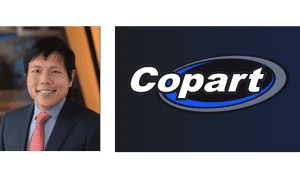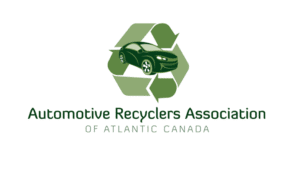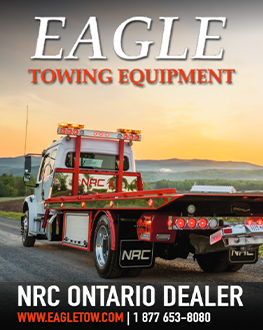Toronto, Ontario — Steve Fletcher, Automotive Recyclers of Canada’s managing director, has joined a 3D Printing in Auto Repair Task Force, which also included reps from Toyota, BASF, 3M, Boyd Group and more.
The task force was first announced in April at the International Bodyshop Industry Symposium (IBIS) U.S.A. and is dedicated to exploring the use of 3D printing in automotive repair and the collision repair industry. They will conduct extensive research to understand the cost-effectiveness, speed of production, quality control and safety considerations of 3D printing in collision repair.
IBIS will serve as the platform for the project, while Harold Sears, who has more than 30 years of additive manufacturing expertise, will head up the task force. Sears spent much of his career leading the implementation of additive materials at Ford for powertrain prototype and vehicle production manufacturing applications.
“As automotive professionals, we are always looking for new and innovative ways to improve our services and better serve our industry,” Sears said. “We believe that 3D printing technology has the potential to revolutionize the way we approach parts supply and repair work, and we are excited to explore the possibilities further.”
Mario Dimivski of the Boyd Group will represent the collision and repair industry. Recycling reps include Fletcher, with his more than 30 years of experience representing the Canadian auto recycling industry, and Dave Hartman of Carhart Products, which recovers plastics from the collision repair industry.
“IBIS is very excited to be able to support such an innovative initiative and help educate and facilitate the introduction of 3D printing in the collision and auto repair industry. I also look forward to taking part in the task force and collaborating with the other subject matter experts on this exciting venture,” said Jason Moseley, IBIS CEO and member of the task force.
On its website, the task force lists customization, cost savings, faster production times, lightweight parts, increased design freedom and reduced waste as just a few reasons to consider the use of 3D printing in collision repair.
Click here for more information on the task force and to see its members.























